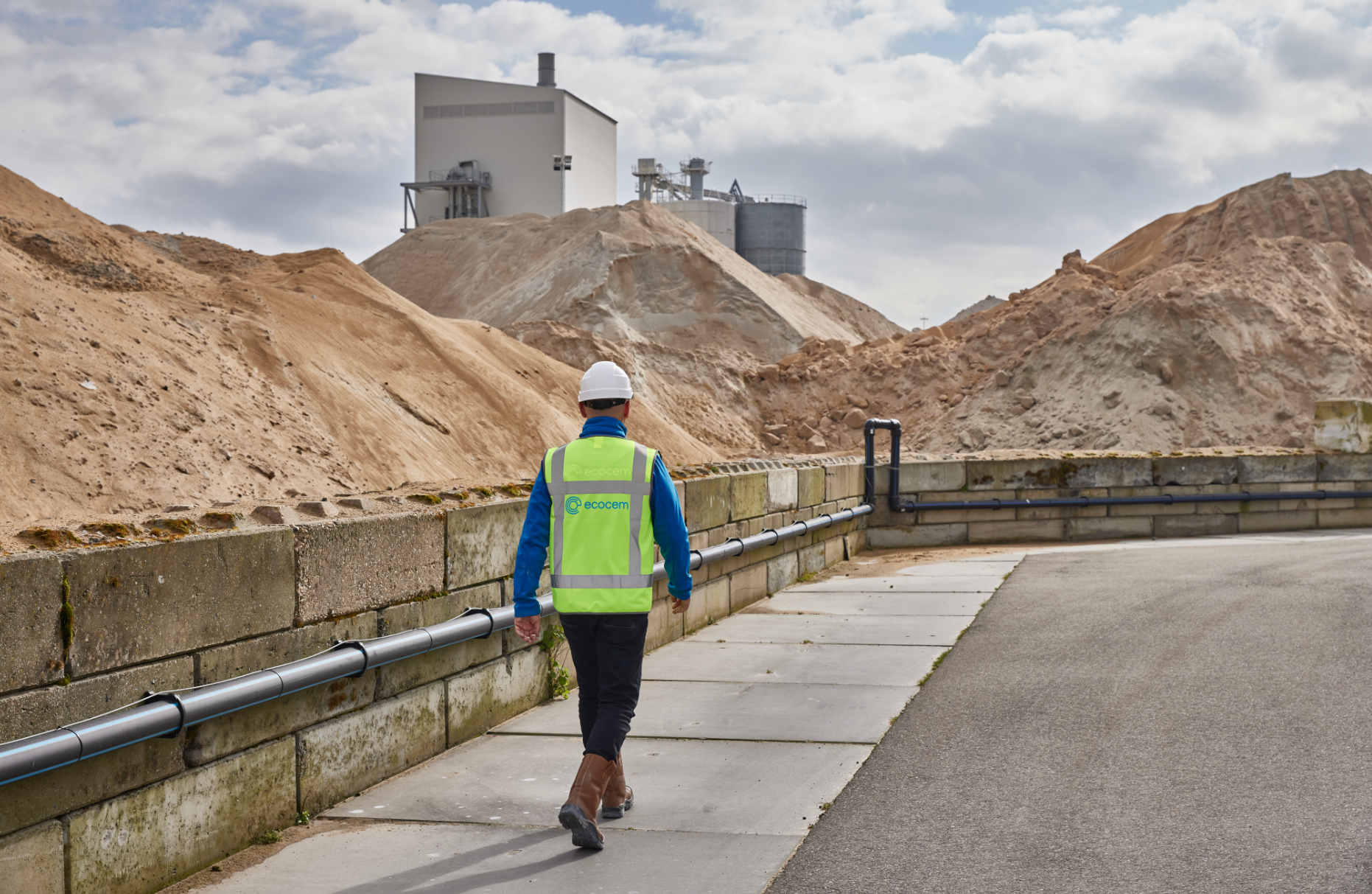
Economic concerns and scepticism around the climate agenda risk compromising the ambitions of the EU Green Deal. And yet climate change is accelerating. The latest report from Copernicus Climate Change Service (C3S) confirmed 2024 as the warmest year on record, and the first calendar year that the average global temperature exceeded its pre-industrial level by 1.5°C. Each of the past 10 years (2015–2024) has been one of the 10 warmest years on record.
Against this backdrop, last week saw the release of the Competitiveness Compass, the EU’s economic guidelines for the next five years. With ambitions to safeguard and boost Europe’s competitiveness, it is billed as one of the defining initiatives of the new Commission.
The Competitiveness Compass report reflects a clear ambition to address the twin challenges of driving down emissions and boosting competitiveness, by making business easier and faster, and deepening the Single Market across all sectors.
Will it work?
The construction sector finds itself in a particularly challenging position as one of the world’s largest polluters. Embodied CO2 in construction is 11% of all global emissions, of which cement generates over half.
The size of the challenge demands specific industry solutions. The Compass so far only mentions steel, metals and chemicals as requiring specific decarbonisation strategies – the cement industry should be included due to the industry’s economic importance in Europe and the scale of the decarbonisation challenge it faces.
Sectoral strategies can accelerate the twin transition of boosting competitiveness and of decarbonisation, without watering down important environmental initiatives. We welcome the Commission’s commitment to implementing the Carbon Border Adjustment Mechanism (CBAM) together with the phase-out of free allowances under the EU Emissions Trading Scheme (ETS). These are necessary constituents of any effective decarbonisation strategy for the cement sector.
Boosting competitiveness can also be encouraged by stimulating demand for low-carbon products through lead markets, leveraging tools like mandates or preferences in public procurement as advocated by the Competitiveness Compass report. 40-45% of cement in Europe is bought through public procurement, so green public procurement (GPP) can be a huge lever to stimulate clinker-reduction solutions. The market for low-carbon cement and concrete could be incentivised by mandating clinker reduction for cement (already the case in Ireland) or introducing carbon limits within GPP rules for cement decarbonisation.
The Competitiveness Compass identifies the need for improved standard-setting as key to boosting competitiveness for markets. Access to market for innovative, low-carbon cement and concrete needs to be made faster and accessible for start-up and scale-up companies. New cement types developed in Europe are already approved for use in the UK, something still to be achieved anywhere in Europe. Slow, expensive regulation is the main self-imposed barrier to decarbonising cement in the EU. Radical and urgent change is essential.
The Competitiveness Compass refers to a series of policy documents the Commission is to publish in the coming months, including the Clean Industrial Deal due in February.
One area where Europe already has industry leadership is in low-carbon cement technology. Applying a sector-specific cement industry strategy can take full benefit from this leadership. This matters globally. Decarbonising cement in Europe will not stop climate change, the greatest prize is delivering a scalable low-carbon, low-cost cement solution that can be rapidly deployed globally. Emerging economies cannot afford to adopt expensive carbon-reduction strategies. Technology transfer is essential. Europe can lead the global cement industry and deliver this prize.
Adopting these cost-effective technologies has the potential to halve emissions from cement and concrete by 2030. Yet, to date, EU policy has failed to grasp the opportunity to accelerate CO2 reduction and demonstrate global leadership.
2025 must be a turning point. The climate emergency demands that we prioritise rapid decarbonisation now. Economic constraints mean we must accelerate the use of the cost-effective scalable solutions already available.
At Ecocem we will double down on our research, development and innovation efforts in 2025, to extend the range of solutions to decarbonise the cement production process. But the key lies in effective strategy, partnerships and procurement to accelerate the adoption of low-carbon, cost-efficient cleantech and deliver solutions affordable for all.
If 2024 has been a year of uncertainty and upheaval, 2025 can be one of promise and progress. Not just for Ecocem, but for all of us committed to driving competitiveness and lowering the global construction industry’s carbon footprint.
In his latest blog, Ecocem’s award-winning research scientist, Simon Blotevogel, speaks about research on Electric Arc-Furnace (EAF) slags, collaboration being the key to innovation, and how we are at a critical moment in our mission to decarbonise the cement industry.
Ecocem, Europe’s leader in low-carbon cement technologies, as part of a consortium of Europe’s leading academic and industrial leaders, has today announced it has been awarded €4 million in research funding the European Innovation Council